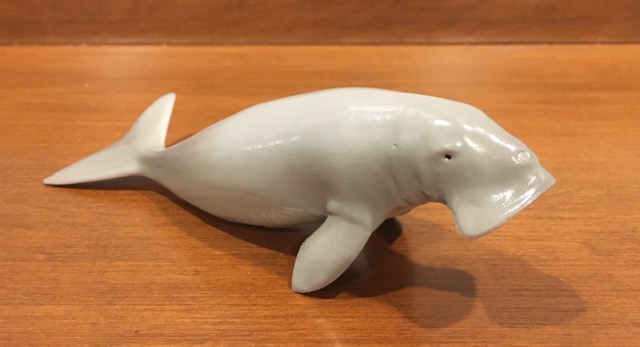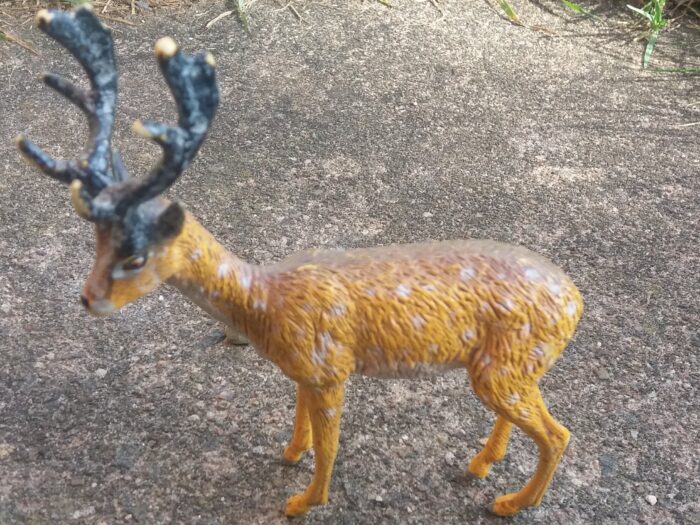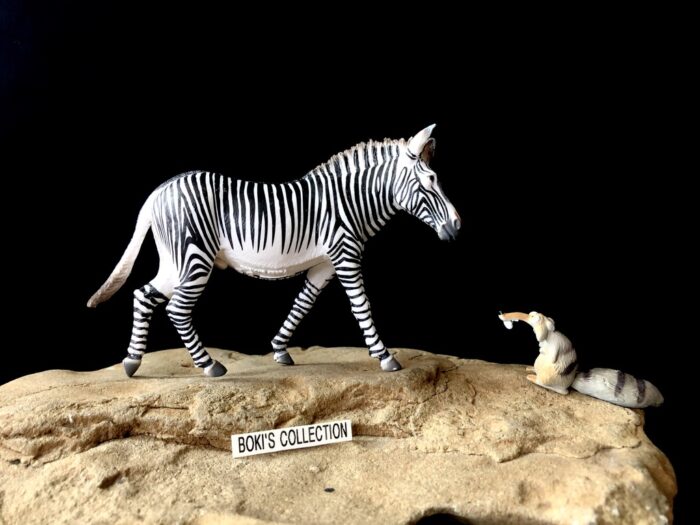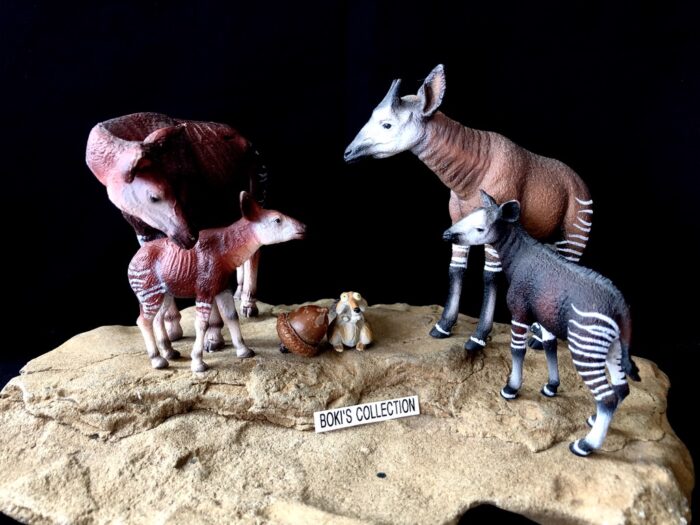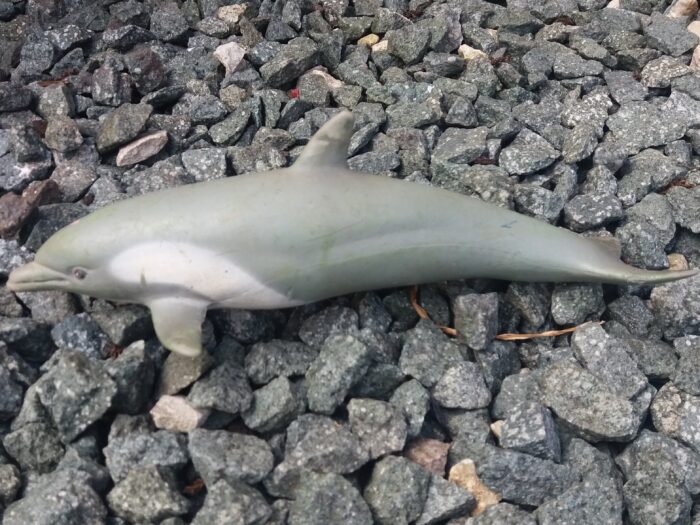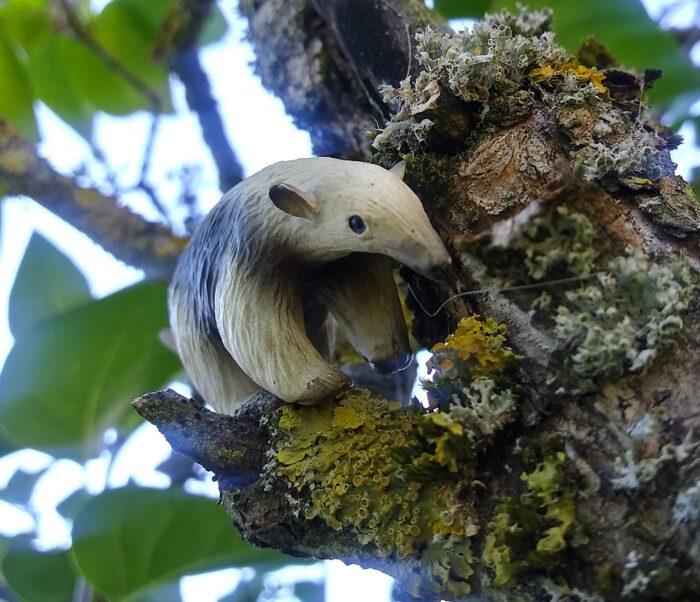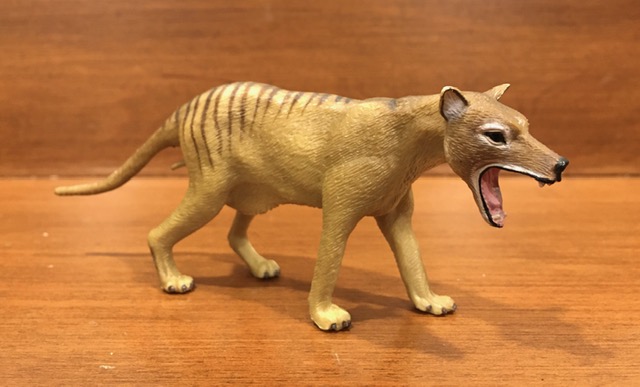Review and images by Suspsy; edited by bmathison1972
The only purely herbivorous marine mammal, the dugong (Dugong dugon) forms the order Sirenia along with the three species of manatee. It is believed to have been the inspiration for the legend of mermaids, although I reckon the sailors who sighted a dugong back in those days had to have been either extremely lonely or extremely inebriated to mistake its visage for that of an alluring woman.

